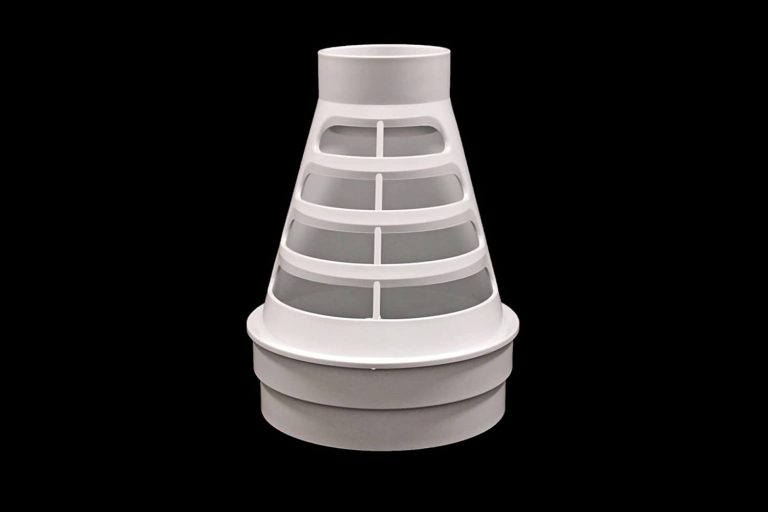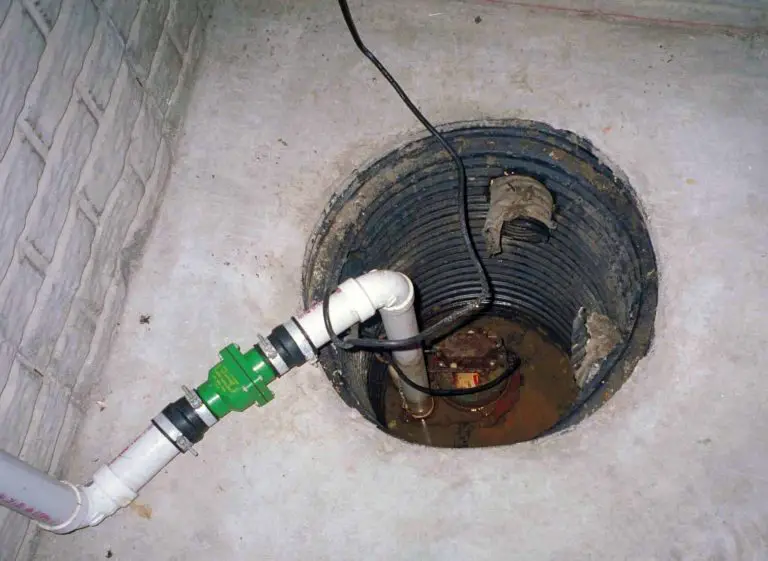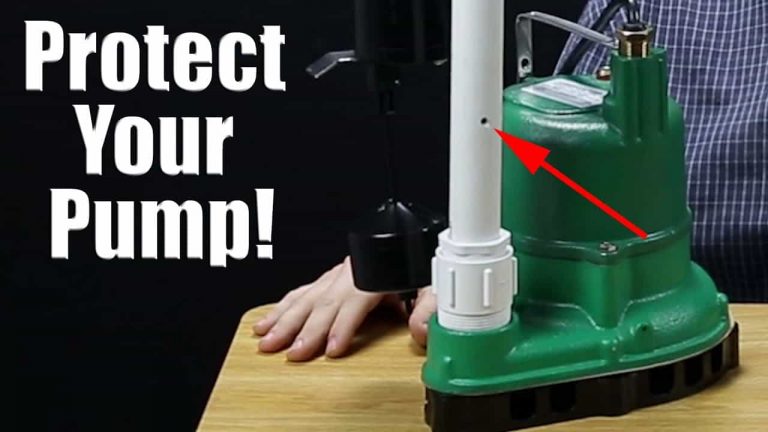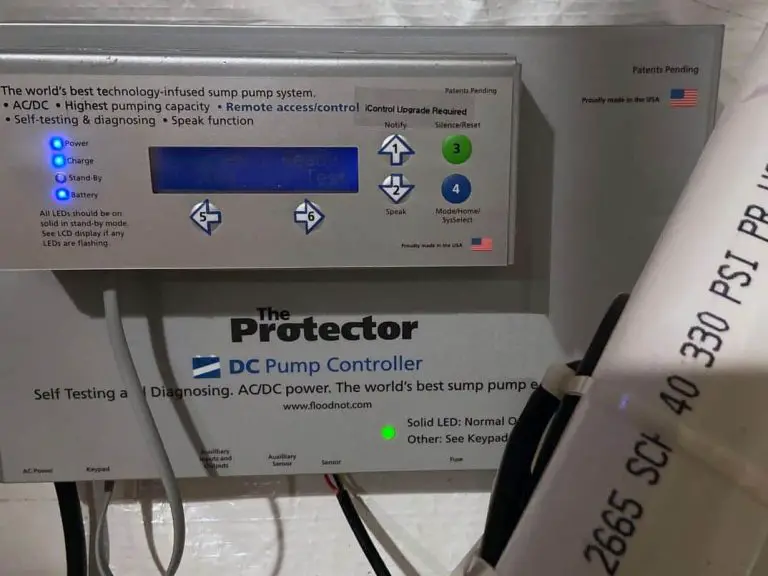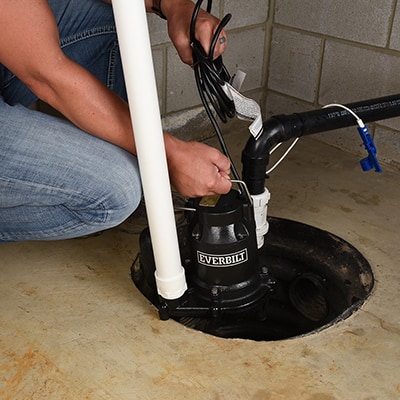How to Unclog a Sump Pump
Homeowners living in low-lying areas need a reliable sump pump to help pump excess water away from their property. Usually, when a sump pump fails, the inner parts of the pump likely have clogs from material in the water. Dirt, dust, debris, stones, leaves, and other heavy materials may prevent the pump from running or cause the motor to overwork and burn out. In this article, we will show you step by step, how to identify and clear any clogs in your sump pump.
Tools:
- Damp cloth
- Plastic
- Plumber’s snake
- Tarpaulin
- Waterproof gloves
- Bucket or basin
- Torchlight
What to look for if you suspect clogging
Most clogs in your sump pump occur in the drainpipe or sump pit. Other ways of clogging may come from:
- Snow in the discharge pipe
- Rust deposits
- Debris in the pump, drain, and basin
- Dirt, dust, and particles in the float switch
Steps to unclogging the sump pump
- Check to see the condition of the discharge line. There may be a buildup of dust, dirt, debris, or other objects inside.
- Disconnect all cables connecting the hose or discharge lines.
- Disconnect the float and pump cables from the circuit breaker.
- Uncover the sump pump.
- Spot a searchlight to view the pump opening and screen. You may need to remove the pump from the basin a bit better.
- Take out the pump and place it on a piece of cloth or plastic to protect the basement floor.
- Take out any items that may be clogging the lines.
- Wipe down the pump walls and draw out any sludge, dirt or silt from the sump pit.
- Replace the pump inside the sump pit. Ensure it’s straight and sits level on the sump base.
- Reconnect the power cables.
Test it out
- Fill the sump pit with water and test it out to see if it’s working correctly.
- Check the float switch to see it turns on and off when the water rises.
- Next, check the rate at which the water drains out of the sump pit.
- Again, fill the pump basin with water and check how the motor is working.
- Put the cover back on the sump basin.
Clean the pump inlet
Pumps can get swamped with debris and dirt that may block the pump inlet. You can remove the pump and hose it down with some water to clear the stuff away.
Unclogging the drainpipe
- Take off the screen at the top of the drainpipe.
- Run the water over the area to remove any material on the screen.
- Next, look at the drainpipe and scrape away any dirt that may be present.
- Put the screen back in place and disconnect the power cables leading to the pump. You may also switch it off from the circuit breaker.
- Use a wet-dry vac and draw away any water in the sump pit. Likewise, you can remove the dirt with a small scraper and place it in a basin or bucket to empty later.
- Lift the pump out of the basin, avoiding contact with the power cable or float switch.
- Unclasp the handles of the pipe and take the pie out from inside the sump pump.
- Use a plumber’s snake and send it entirely through the area until it reaches the other end of the pipeline.
- Use a garden hose to wash down any remaining material that may be inside the pump line.
- Use the plumber’s snake again to help dislodge any particles that may stick to the pipe lining.
- Shoot some water into the pipe again to wash down and other objects left in the pipe.
- Reconnect the pump and the drainpipe, and refasten the pipe clamps in position.
- Replace the sump pump inside the basin and restore the power supply in the outlet.
- Switch on the pump and fill the pit with some water to test it out to see if it’s cycling correctly.
Unclogging the check valve
Tools:
- Screwdriver
- Bucket or basin
- Plumber’s snake
- Wet-dry vac
- Garden hose
As floodwater enters the sump pump, pieces of rock, silt, or sludge may collect around the check valve. Also, ice can buildup in the drainpipe and cause the check valve to stop working.
- Switch off the electricity to the pump. Examine the areas on the valve that may need clearing.
- Brush away the debris and reconnect the pump to restart it.
- Test the pump by pouring no more than 5 gallons of water to see how efficiently the pump is operating.
Conclusion
From time to time, particles of plants, small insects, gravel, debris, or other objects can clog your sump pump. While unclogging your sump pump may be a smelly and tiresome job, but will be well worth the effort. Clogs will cause the sump pump to run slowly or stop altogether. Unclogging your sump pump will help keep the parts in good working order. In a few steps, you can have a clean sump pump that will help power up promptly when the need arises.

